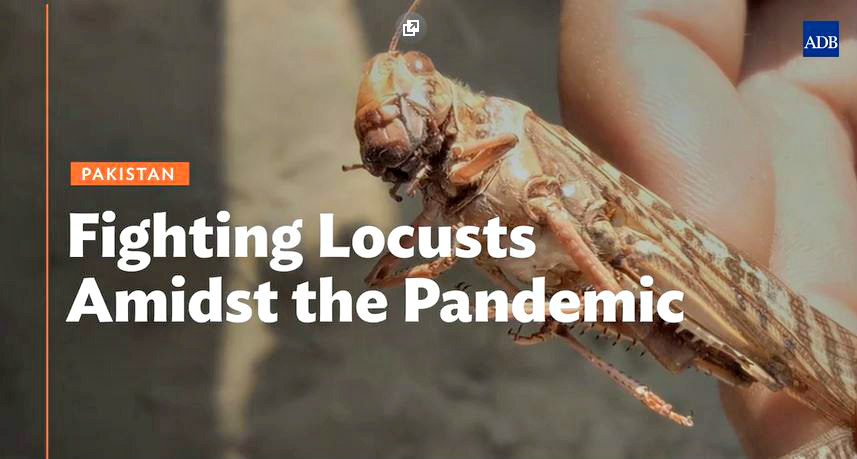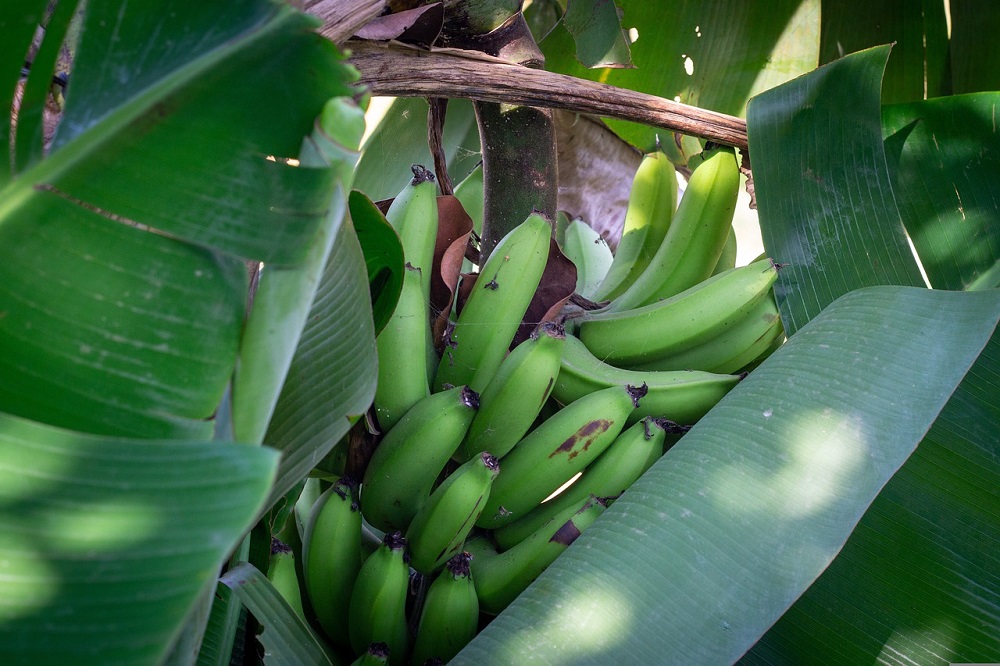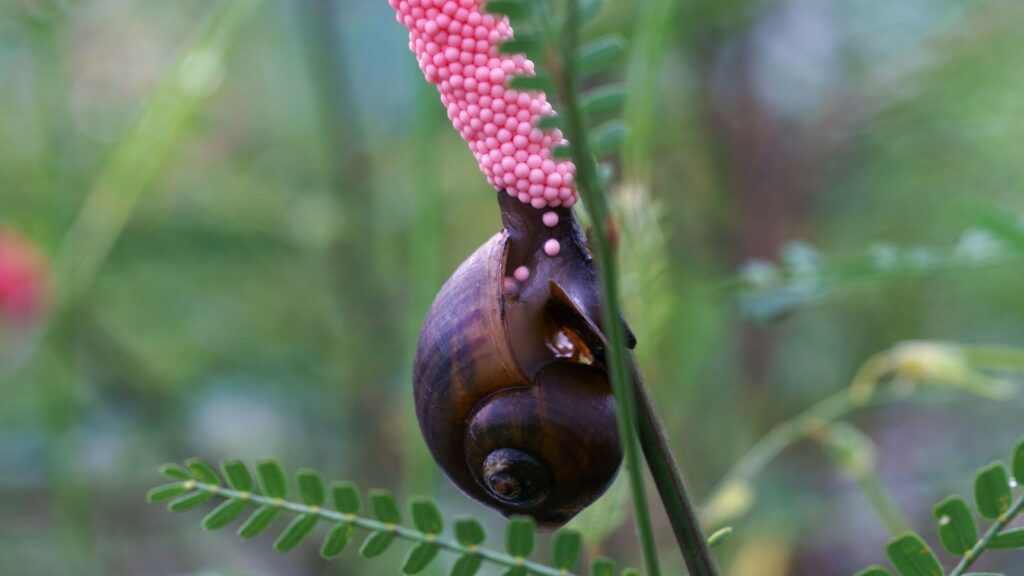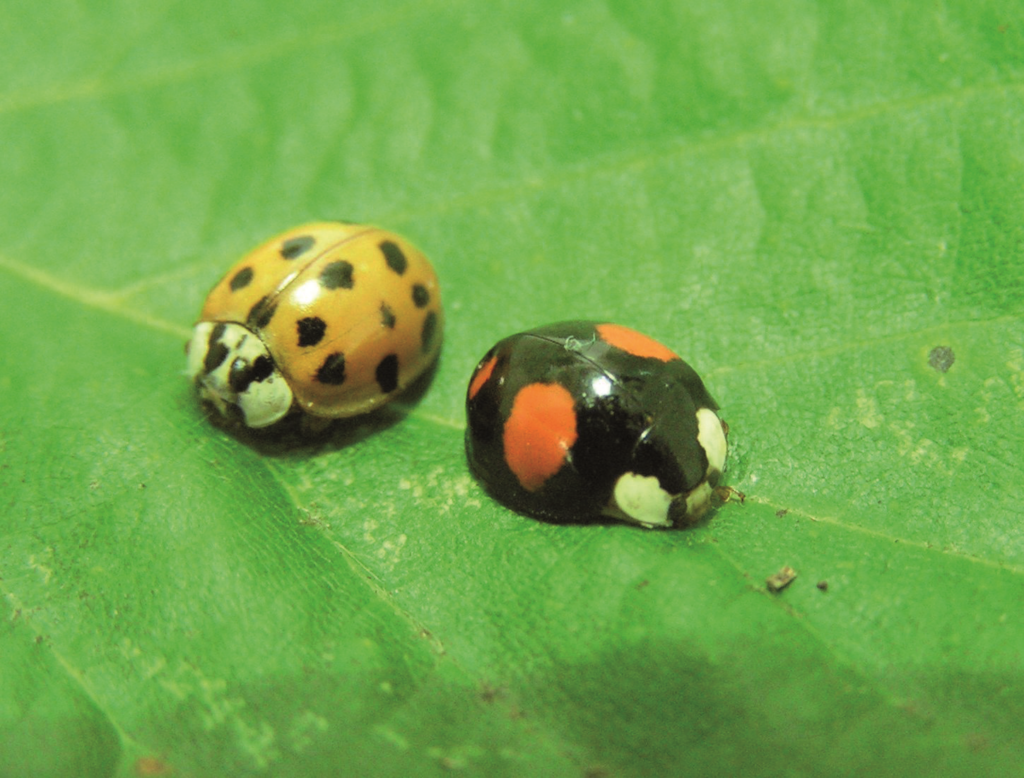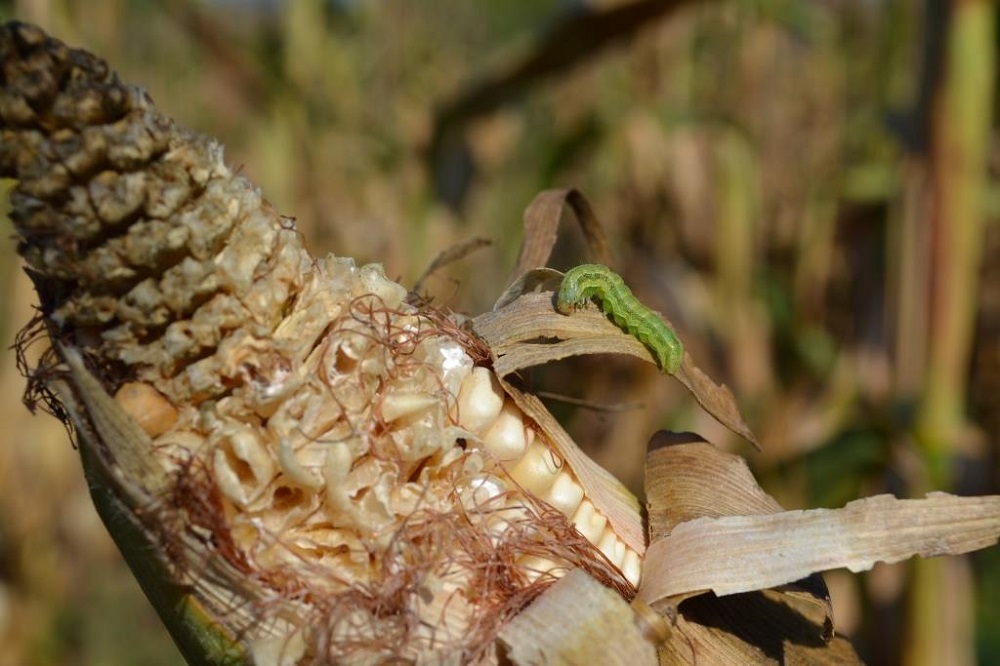Mass rearing tiny wasps to control the brown marmorated stink bug pest
The brown marmorated stink bug, Halyomorpha halys Stål (Hemiptera: Pentatomidae), is a real agricultural pest. It’s native to East Asia and has invaded the United States, Canada, Europe, and Chile. When it comes to agriculture, it causes significant damage to many economically important crops. This damage happens in both its native and invaded ranges. One…
The life cycle of the invasive apple snail
The Life cycle of the invasive apple snail and its ability to grow and reproduce quickly makes it an incredibly successful invasive species. Invasive apple snail, Pomacea canaliculate, is widely considered one of the most invasive invertebrates of waterways and irrigation systems. The snails are able to spread through irrigation canals, natural water distribution pathways,…
Invasive harlequin ladybird: how to spot this predator
Invasive harlequin ladybirds have been used as biocontrol agent against aphids for over 100 years, but have since spread rapidly and invaded most of North America and Europe. Learn about how to identify harlequin ladybirds, and what to do if they infest your home.



